After visiting the sewing club at The Salvation Army’s Spryfield Community Church, N.S., a young autistic man made a suggestion that would have a large and lasting impact. “When I saw and touched the ‘fidget quilts’ the club was making for people living with Alzheimer’s,” he said, “I thought, Could these quilts be made for people on the autism spectrum?”
Working in partnership with Autism Nova Scotia, the sewing club was inspired by his suggestion to create weighted sensory pads. These beautiful, multi-coloured and multi-purpose pads support relaxation and offer sensory and tactile stimulation. Individuals on the autism spectrum may find the pads comforting—they can be a support that helps with grounding or they can be used as a fidget tool on a long car ride, for example. The pads can also help improve manual dexterity issues as they include zippers, buttons, velcro and other features.
“Autism Nova Scotia is thrilled to be involved with this meaningful project and to support the sewing club’s vision to make weighted sensory pads for individuals and families,” says Cynthia Carroll, executive director, Autism Nova Scotia. “We have nine regional chapters and resource centres, so these sensory pads will be accessible and available to autistic individuals throughout Nova Scotia.”
So far, the club has created 38 sensory pads. Six were provided to local daycares, schools and individuals, helping to make them barrier-free in terms of cost and access. Some of the local libraries have sensory pads as part of their sensory toolkits available on loan. The estimated cost to create a weighted sensory pad is about $30 using low-cost and donated fabric and poly pellets provided by Autism Nova Scotia. Each pad takes a minimum of five hours to make.
Eileen Watts is one of the sewing club members who are working diligently to create the sensory pads. “I didn’t realize the challenges individuals with autism and their families go through when navigating spaces in the community, such as their classroom or workplace,” she says. “It’s rewarding to be a part of this great initiative that benefits so many.”
Making the sensory pads is a team effort. Some of the members take the fabric home to test it in their washers and driers. Others team up to measure and cut out pieces. Some members sew the pockets that hold poly pellets for each pad, and others create panels with different textures and attachments. All of the pieces of the sensory pads are double-stitched and finished with heavy-duty thread to ensure high durability and quality.
Today, the sewing club averages around 15 to 18 regular participants. As more people learn about the sensory pads project, the club hopes new members will come on board to help, and that other sewing groups and community members will get involved as well, whether through sewing or donating fabrics and materials. Sheila Banks, who started the sewing club 10 years ago, says, “We hope this initiative inspires others to come forward and offer their skills to create these much-needed sensory pads.”
These sensory pads are not the sewing club’s only project. Over the years, the club has undertaken many initiatives, including:
Photo: Krista Riendeau
Working in partnership with Autism Nova Scotia, the sewing club was inspired by his suggestion to create weighted sensory pads. These beautiful, multi-coloured and multi-purpose pads support relaxation and offer sensory and tactile stimulation. Individuals on the autism spectrum may find the pads comforting—they can be a support that helps with grounding or they can be used as a fidget tool on a long car ride, for example. The pads can also help improve manual dexterity issues as they include zippers, buttons, velcro and other features.
“Autism Nova Scotia is thrilled to be involved with this meaningful project and to support the sewing club’s vision to make weighted sensory pads for individuals and families,” says Cynthia Carroll, executive director, Autism Nova Scotia. “We have nine regional chapters and resource centres, so these sensory pads will be accessible and available to autistic individuals throughout Nova Scotia.”
So far, the club has created 38 sensory pads. Six were provided to local daycares, schools and individuals, helping to make them barrier-free in terms of cost and access. Some of the local libraries have sensory pads as part of their sensory toolkits available on loan. The estimated cost to create a weighted sensory pad is about $30 using low-cost and donated fabric and poly pellets provided by Autism Nova Scotia. Each pad takes a minimum of five hours to make.
Eileen Watts is one of the sewing club members who are working diligently to create the sensory pads. “I didn’t realize the challenges individuals with autism and their families go through when navigating spaces in the community, such as their classroom or workplace,” she says. “It’s rewarding to be a part of this great initiative that benefits so many.”
Making the sensory pads is a team effort. Some of the members take the fabric home to test it in their washers and driers. Others team up to measure and cut out pieces. Some members sew the pockets that hold poly pellets for each pad, and others create panels with different textures and attachments. All of the pieces of the sensory pads are double-stitched and finished with heavy-duty thread to ensure high durability and quality.
Today, the sewing club averages around 15 to 18 regular participants. As more people learn about the sensory pads project, the club hopes new members will come on board to help, and that other sewing groups and community members will get involved as well, whether through sewing or donating fabrics and materials. Sheila Banks, who started the sewing club 10 years ago, says, “We hope this initiative inspires others to come forward and offer their skills to create these much-needed sensory pads.”
Ongoing Outreach
These sensory pads are not the sewing club’s only project. Over the years, the club has undertaken many initiatives, including:
- shoe bags for children in elementary school
- stuffed animals
- colourful pillowcases for children at local hospitals and hospital hostels
- curtains for Salvation Army camps and hostels
- surgery dolls and gowns for children on surgical hospital units to understand surgical procedures
- dresses for Salvation Army orphanages in Africa
- lap blankets with fleece pockets for people living in nursing homes
Photo: Krista Riendeau

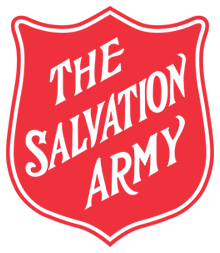
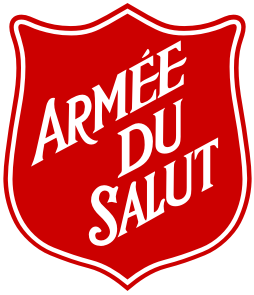

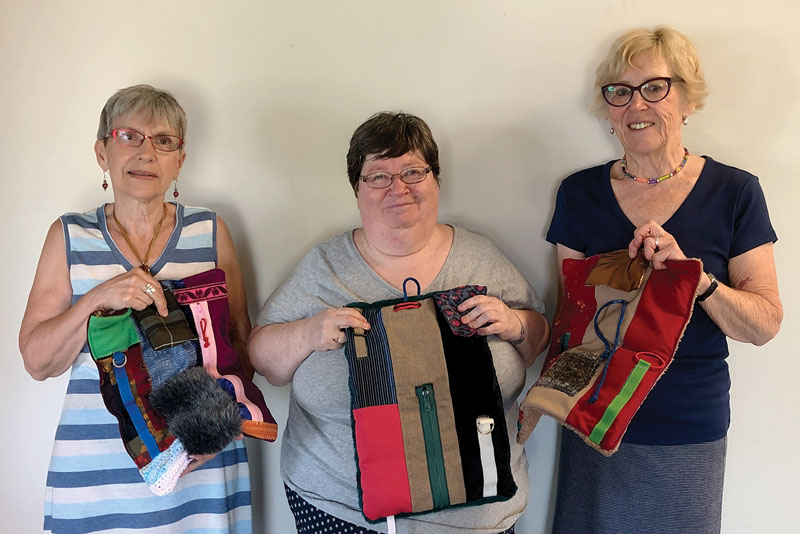
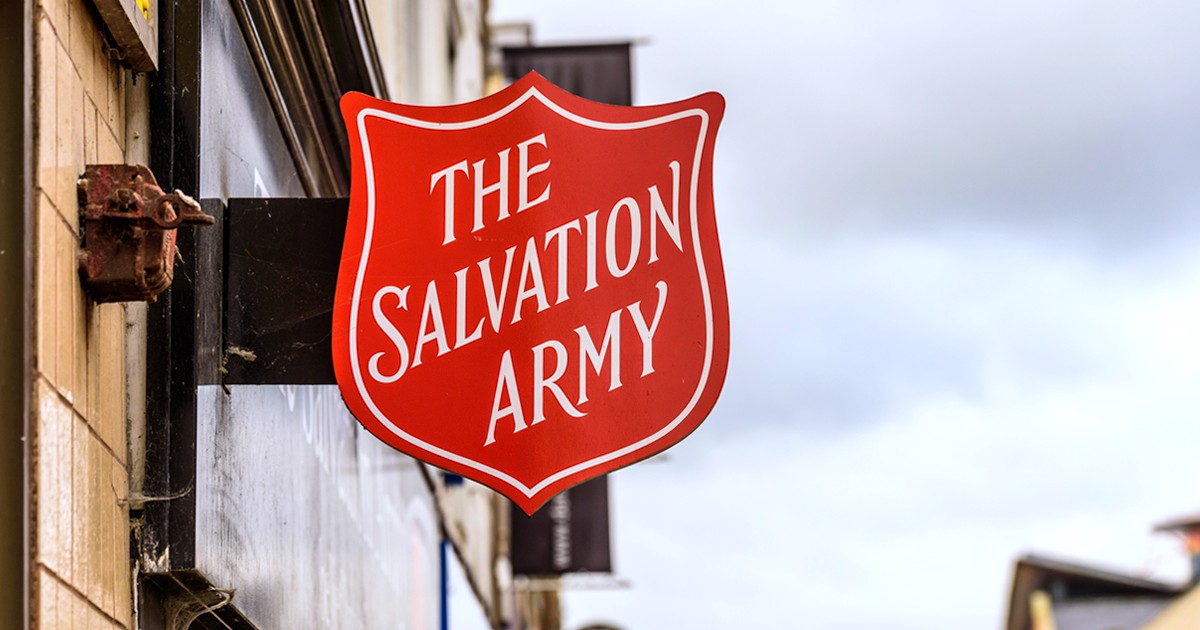
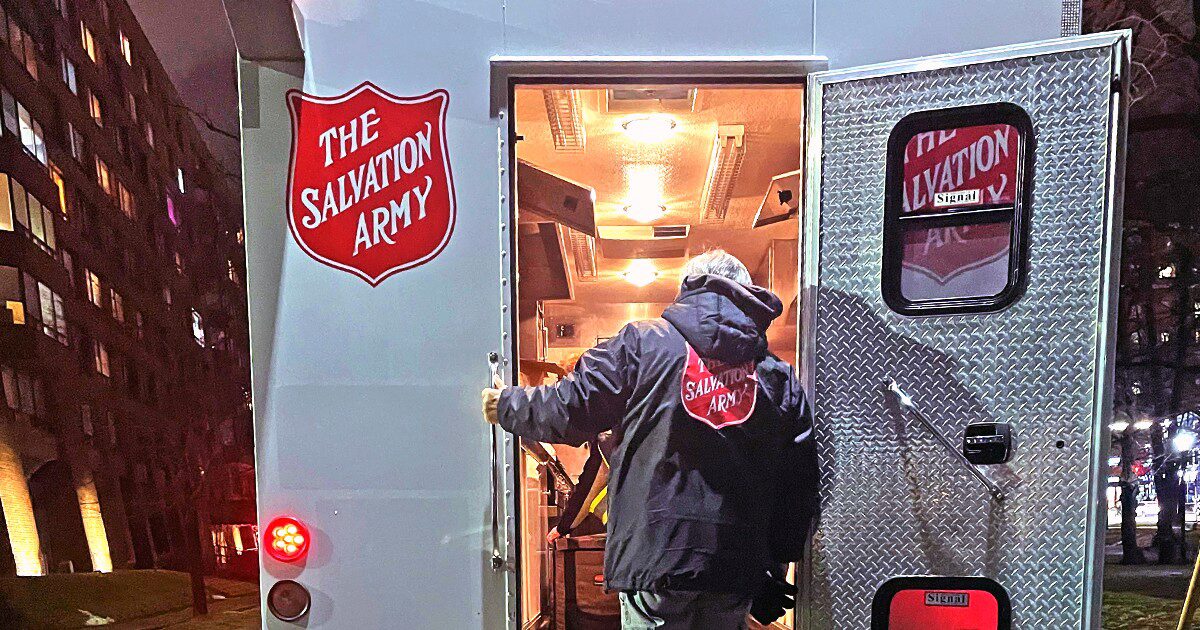



Comment
On Thursday, October 31, 2019, Loretta Cameron said:
Leave a Comment